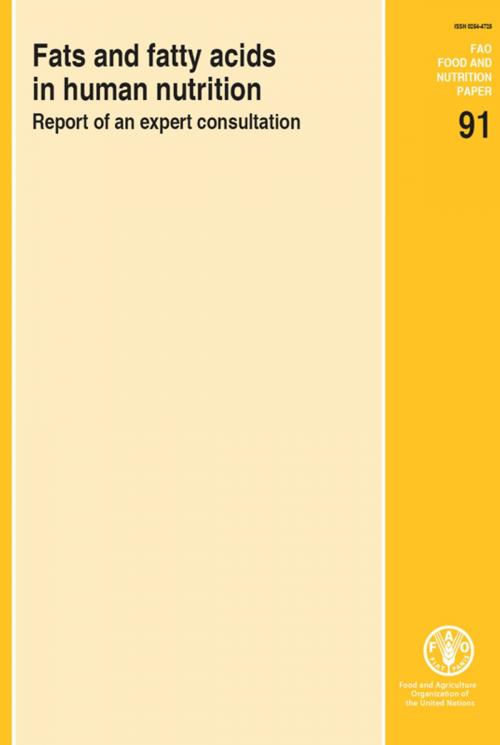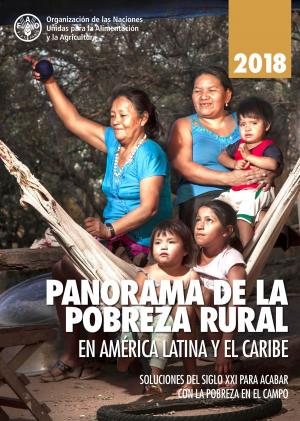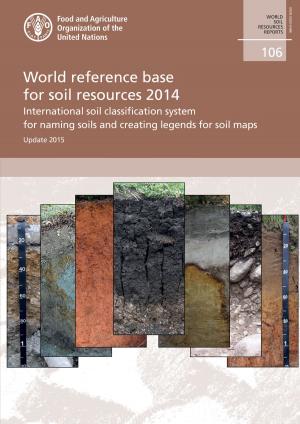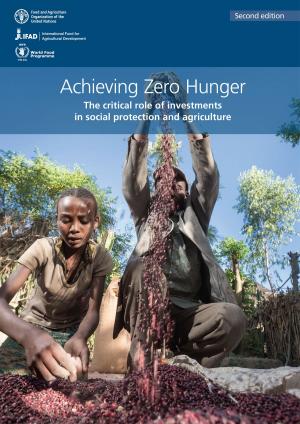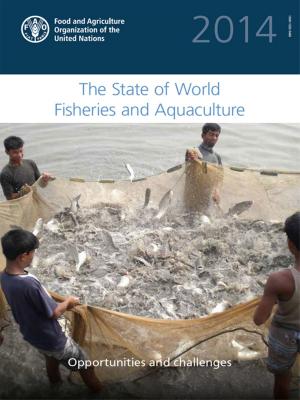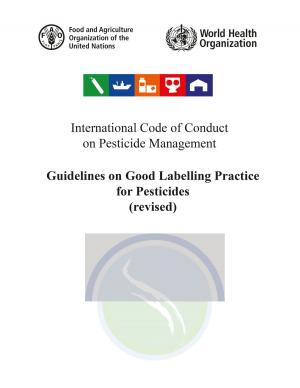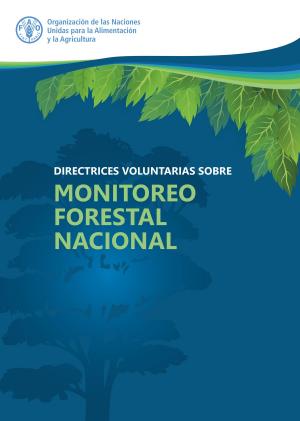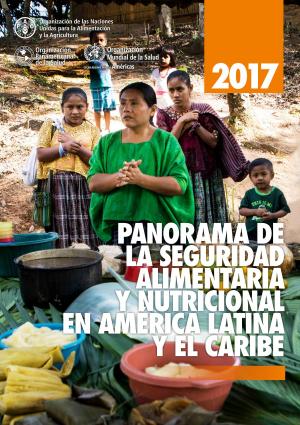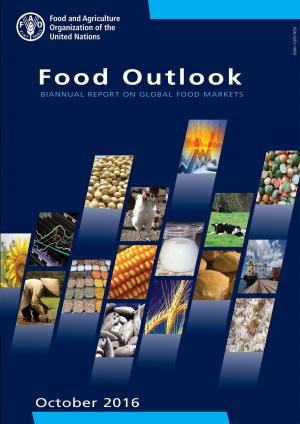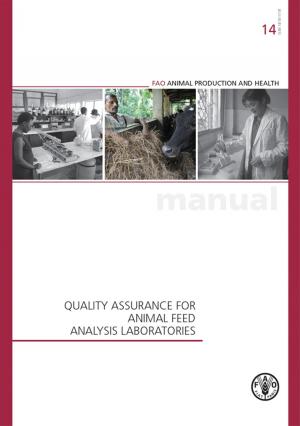| Author: | Food and Agriculture Organization of the United Nations | ISBN: | 9789251085578 |
| Publisher: | Food and Agriculture Organization of the United Nations | Publication: | April 21, 2015 |
| Imprint: | Smashwords Edition | Language: | English |
| Author: | Food and Agriculture Organization of the United Nations |
| ISBN: | 9789251085578 |
| Publisher: | Food and Agriculture Organization of the United Nations |
| Publication: | April 21, 2015 |
| Imprint: | Smashwords Edition |
| Language: | English |
The Food and Agriculture Organization of the United Nations (FAO) and the World Health Organization (WHO), in their roles as technical agencies of the United Nations (UN), are charged with providing science-based guidance on food and nutrition to national governments and the international community. The process used to do this involves periodic and systematic reviews of scientific evidence, which often culminates with the convening of joint expert consultations to review the state of scientific knowledge, deliberate on the issues and translate this knowledge into a definition of requirements and corresponding nutrient-based recommendations. The overall goal of these recommendations is to support health and nutritional well-being of individuals and populations. The topics covered during the recent past include energy, protein and amino acids, fats and oils, most of the vitamins and minerals and carbohydrates, with the objective of providing guidance on nutritional requirements and recommended dietary intakes.
The Food and Agriculture Organization of the United Nations (FAO) and the World Health Organization (WHO), in their roles as technical agencies of the United Nations (UN), are charged with providing science-based guidance on food and nutrition to national governments and the international community. The process used to do this involves periodic and systematic reviews of scientific evidence, which often culminates with the convening of joint expert consultations to review the state of scientific knowledge, deliberate on the issues and translate this knowledge into a definition of requirements and corresponding nutrient-based recommendations. The overall goal of these recommendations is to support health and nutritional well-being of individuals and populations. The topics covered during the recent past include energy, protein and amino acids, fats and oils, most of the vitamins and minerals and carbohydrates, with the objective of providing guidance on nutritional requirements and recommended dietary intakes.
